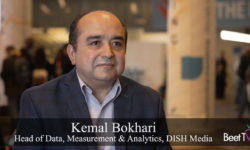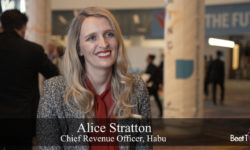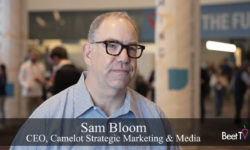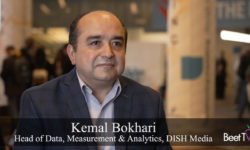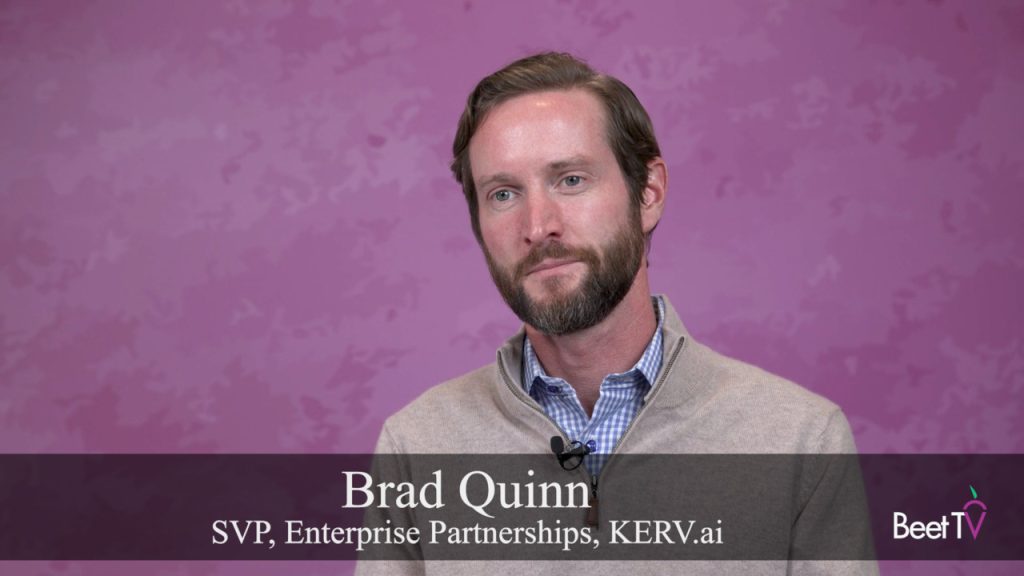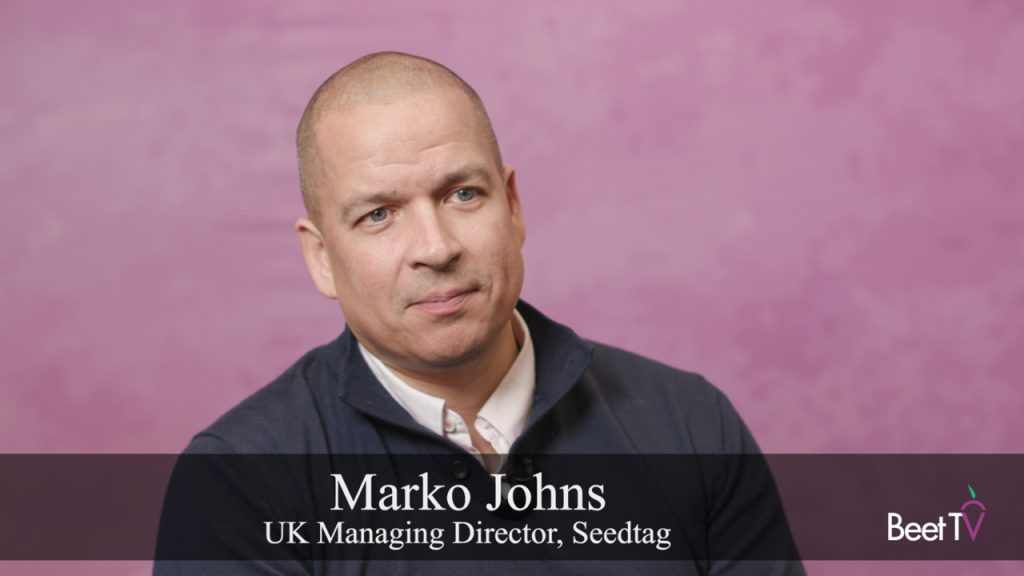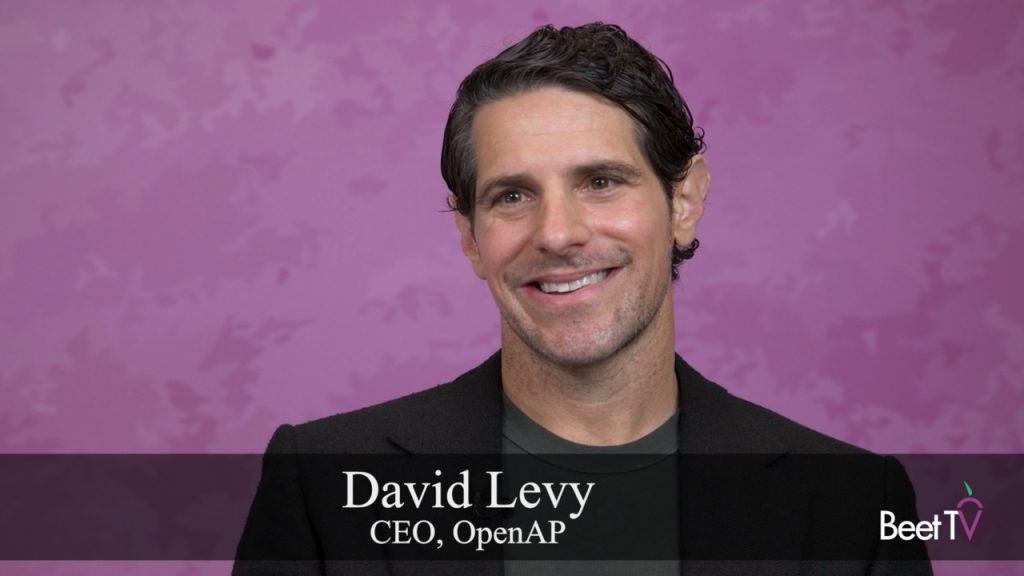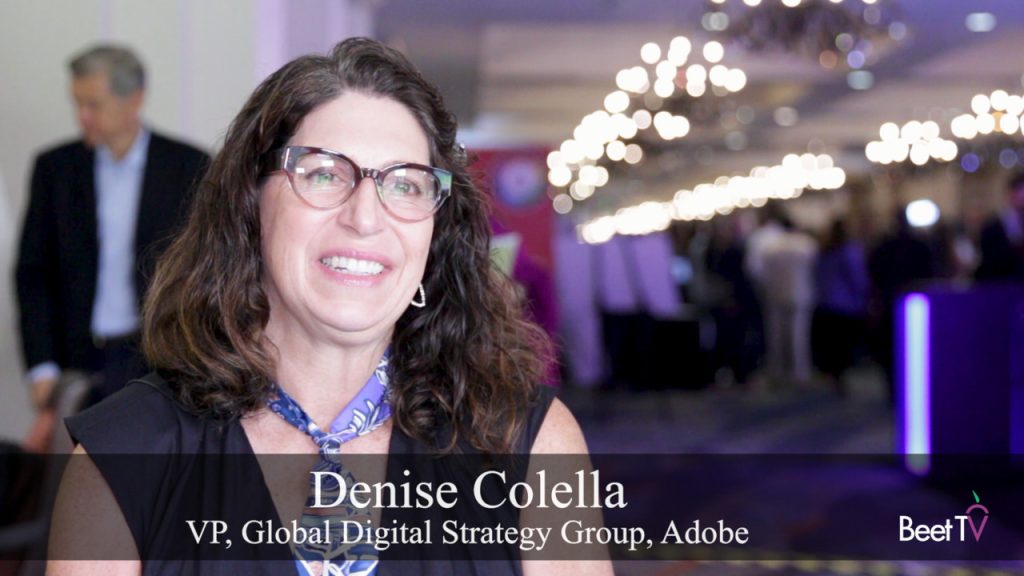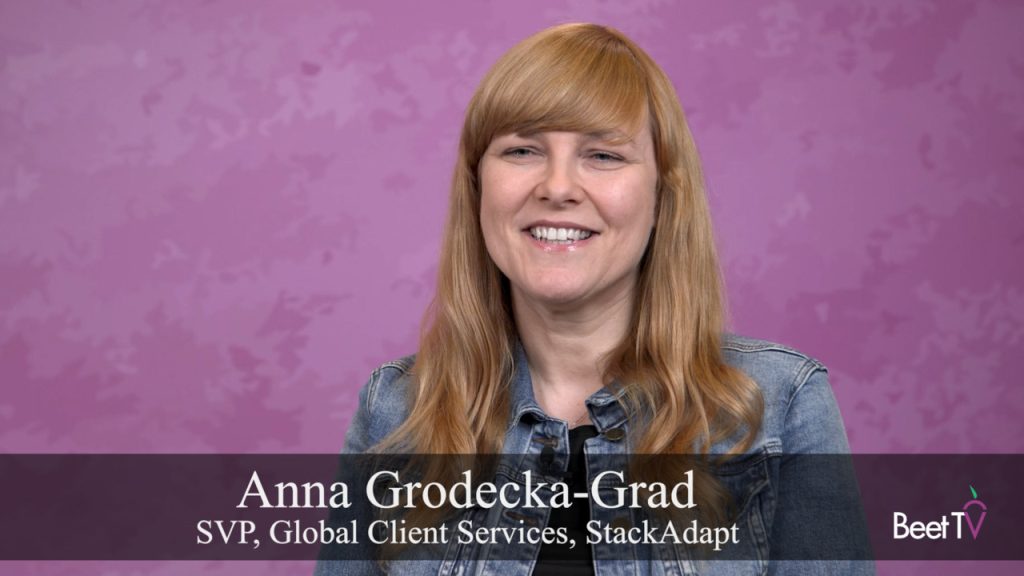LAS VEGAS — One of the new crop of retail media networks is gung-ho for a new software category it thinks can allow it to prove the worth of CPG brands’ ad spend.
Grocery chain Albertsons Companies, which launched Albertsons Media Collective in 2021, is using “clean room” technology, which allows partners to collaborate using respective audience data sets – without breaking privacy obligations.
In this video interview with Beet.TV, Evan Hovorka, Head of Products & Innovation, Albertsons Companies, says that means he can provide brands insights on effectiveness.
Super-focused
In ad land, Hovorka says Albertsons Media Collective imagines itself as a “co-op garden”, a rival to a crop of “walled gardens”.
“Wanting to do things different, being a late mover, how do we imagine that in a clean room gets super exciting,” he says.
Clean room software, which uses techniques including removing personally identifiable information (PII), isn’t just a lawyer-pleaser – it is also in service of real marketer goals like attribution and insights.
“The clean room is really a tool that gets us there,” Hovorka says.”
At CES, Pinterest announced it would partner with LiveRamp to pilot clean rooms for select advertising partners. Grocery retailer Albertsons will be its first advertiser using this new solution.
“It’s super focused,” Hovorka says. “It’s closed loop measurement, one social platform. Very simple. It’s an aggregate report that comes out that proves incrementality within social. Clean, simple, sweet.
“We’ll move into something a little more advanced, but that’s that’s our first step.”
Serving CPGs
With clean rooms, the goal is to make it impossible for anyone to identify an individual from the data, even if they were to try.
Another important aspect of clean room technology is the use of strict access controls and audit trails, which are used to ensure that only authorized individuals have access to the data and that all access to the data is logged and tracked.
For Hovorka, it’s about “using data more intelligently without breaking privacy commitments”.
“We also want to be in service of the CPG – giving them autonomy, giving them access to the insights and performance that they expect was the other motivating factor in the case with Pinterest,” he says.
Hype to phase two
While clean room tech has existed in some sectors for a few years, in media and advertising the category is crescendoing in 2023.
Hovorka says the concept “has been around forever” but “the actionable use cases still need a lot of work”.
“The hype cycle gets everyone excited,” he says. “(People are asking), ‘What’s my clean room strategy?’ It’s good to have that excitement. It’s good to get your teams motivated to do research. What can it do? How does it work? Get your privacy teams involved early.
“There is a new flavour of solution providers coming to to life here. Habu being one, InfoSum, Snowflake’s got some interesting tech.
I would call that gen-two or phase two clean rooms, super compelling – less data movement, more autonomous access, but not as connected to the ecosystem of media.
Albertson’s journey
Albertsons operates more than 2,200 retail stores, employs 290,000 workers and clocked $75 billion in sales during Q2 of 2022 alone.
The company has announced a plan to merge with Kroger, which also operates its own retail media network. Kroger Precision Marketing launched in 2017, early in the evolution of retail media networks.
Powered by 84.51°, a company specialized in helping retailers, agencies and publishers unlock retail assets for advertising, it boasts data from 60 million households.
You’re watching ‘Clean Rooms: Collaboration Goes Mainstream,’ a Beet.TV Leadership Series produced at CES 2023, presented by Habu. For more videos from this series, please visit this page. For all of our coverage from CES 2023, please click here.






